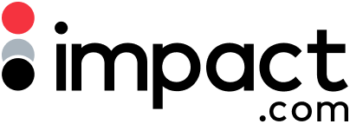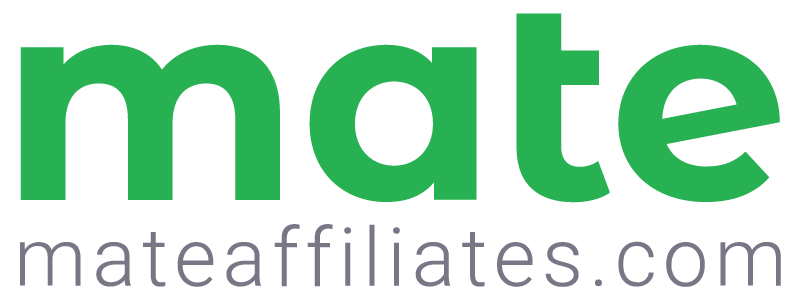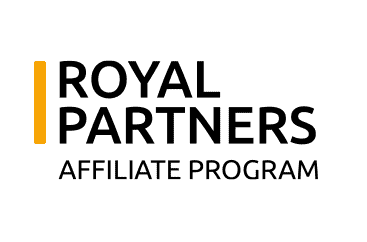LinkedIn Adds AI Tools to Ad Campaigns: What It Means for B2B Marketers and Affiliates

LinkedIn has rolled out a new set of AI tools for advertisers, aimed at making it easier to create and optimise campaigns across the platform. It’s the latest move in a wider shift that’s seeing artificial intelligence quietly reshape how marketers work behind the scenes—especially in the B2B world.
For marketers and affiliate advertisers using LinkedIn to target decision-makers and professionals, these tools won’t radically change the game, but they could help improve campaign performance, reduce ad waste, and speed up routine tasks.
Here’s what’s new, and why it matters.
What’s changed
The update focuses on three core features:
- AI-generated copy suggestions: Advertisers can now input a URL or product description and receive multiple headline and ad text variations tailored to their campaign goals.
- Automated audience expansion: LinkedIn’s system can now recommend adjacent job titles, industries, and seniority levels based on real engagement and conversion data.
- Dynamic creative testing: The platform will automatically rotate combinations of ad elements (images, headlines, CTAs) and serve the top-performing variations more often.
None of this is groundbreaking on its own—Google and Meta have offered similar tools for years. But the difference here is context. LinkedIn’s AI is trained on business-focused campaigns, not B2C shopping habits. That makes it more suited to long-lead funnels and professional buying behaviour.
Why B2B marketers should pay attention
LinkedIn is known for powerful targeting, but it’s always been expensive. Cost-per-clicks are high, and campaign performance can be hit-or-miss, especially for those without dedicated teams or testing processes.
These AI tools could help level the field. Small teams and solo marketers can now experiment more quickly, generate smarter copy, and discover new audience segments—all without relying on outside help.
If you’re running lead gen campaigns for a SaaS product, service business, or coaching offer, this is a chance to make your spend work harder. Better messaging and broader reach can mean better-qualified leads at lower cost.
What about affiliate marketers?
LinkedIn has never been a strong fit for direct affiliate sales. You can’t run ads to a “Top 10 Credit Cards” blog post and expect it to pass review. But for affiliates promoting high-ticket B2B products or building funnels around whitepapers, webinars or email capture, it’s a solid option.
The new AI tools can help those types of affiliates write better ad copy, reach new job titles, and test content more efficiently. They can also cut down the amount of manual work needed to set up and optimise campaigns.
That said, direct linking remains a no-go. You’ll still need a clean, conversion-optimised landing page or lead magnet that aligns with LinkedIn’s ad policies.
Where this is going
AI in advertising is no longer optional—it’s just the default. Every major platform is leaning into it, not just to improve performance for users, but to keep more advertisers active, more often.
For LinkedIn, these updates are about removing friction. If campaigns are easier to set up, easier to test, and more likely to deliver a return, advertisers will stick around. It also helps close the gap between marketers with big teams and budgets and those working solo or in small companies.
Expect more updates in the months ahead—particularly around creative automation, predictive budgeting, and lead nurturing.
The bottom line
LinkedIn’s new tools won’t transform bad campaigns into good ones. But they do offer meaningful advantages for those who know what they’re trying to achieve.
If you’ve struggled with high CPCs, stale copy, or limited reach, this update is worth exploring. And if you’re in the B2B affiliate space, this could make your funnel-building efforts a bit more efficient—and potentially more profitable.
AI won’t run your campaign for you. But it might help you run it better.






